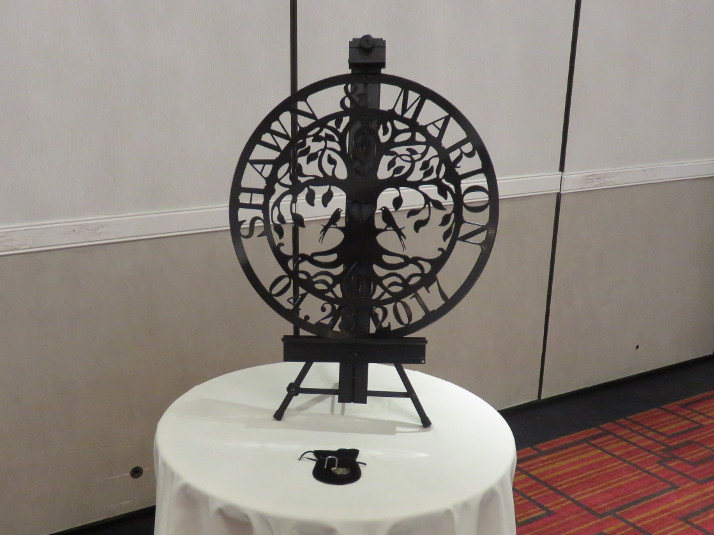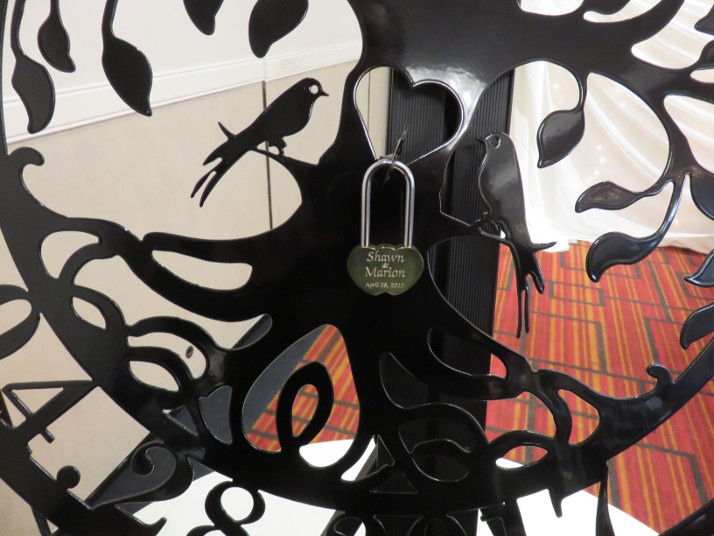Welcoming Guests with Mobility Assistance Devices
By planning ahead for wedding guests with mobility assistance devices, you can ensure that everyone feels welcome and ready to celebrate with you at your ceremony. If you have guests who use walkers, crutches or wheelchairs you’ll want to evaluate potential ceremony venues for accessibility. Elevators, ramps, a lack of steps, and wide aisles are things to look for during site visits. You’ll also want to consider the flooring – is it uneven or slippery? Are there loose area rugs that could be trip hazards? If outdoors, are there hills, gravel or narrow paths that could be impassable for some guests?
There are a few more considerations and accommodations that can be made as you set up for the wedding, too. If you have parents or grandparents who will be sitting up front who use mobility devices, make arrangements in advance to remove chairs to make space for wheelchairs, and plan for a convenient location to store walkers or crutches during the ceremony so they are out of the way, but can be quickly retrieved when needed. Make sure ushers and the guests are aware of the plans, too.
And finally, if you are using a runner (which I generally advise against), plan to have your guests using mobility assistance devices seated before the runner is put down. Most runners these days are made of a non-woven fabric (also known as fancy paper) or plastic. At a recent ceremony the runner was torn when a wheelchair traveled over it just before the processional began, leaving an unsightly hole right in the middle of the runner. Runners can also be trip and slip hazards for people using crutches or those who simply are unsteady on their feet. Outdoors runners create an even larger hazard as they cover any holes or uneven areas in the ground, which can lead to twisted ankles for any of your guests. Even if you put the runner down just before the processional, remember that your guests will be walking on it after the ceremony, so ensure that there is a safe exit route alternative, too.
With some forethought and advanced planning all your guests can feel welcome and accommodated at your wedding ceremony, allowing them to fully share in your special day.


